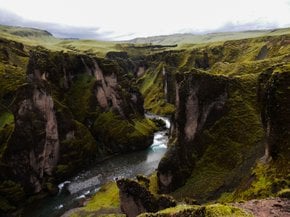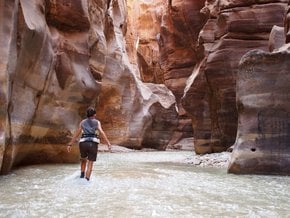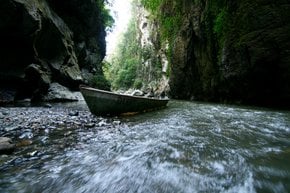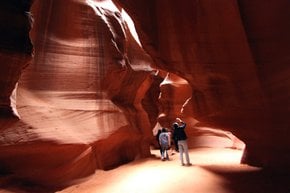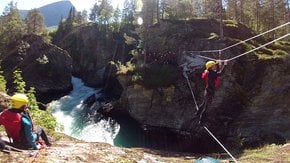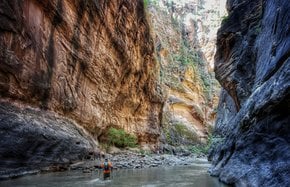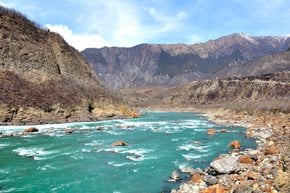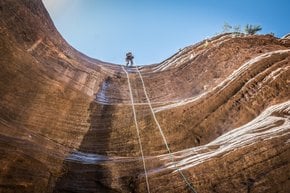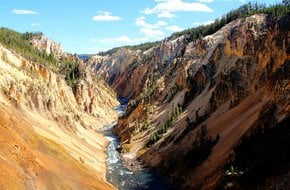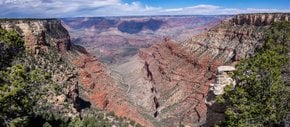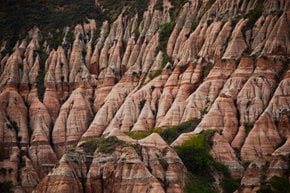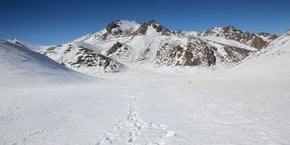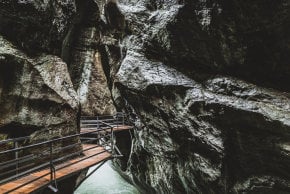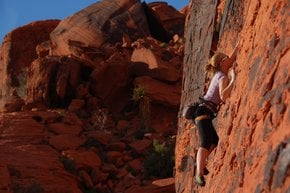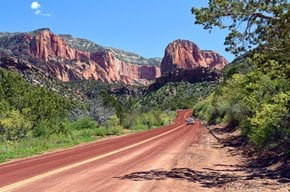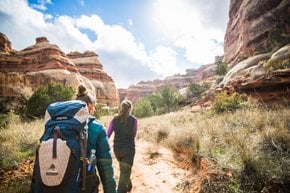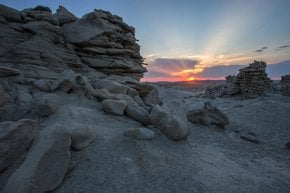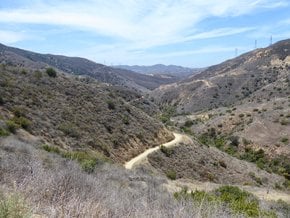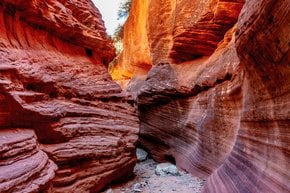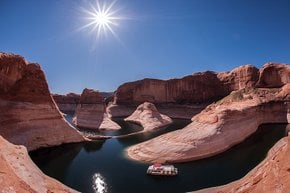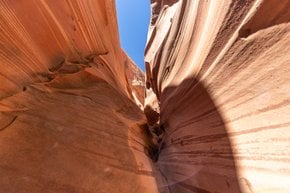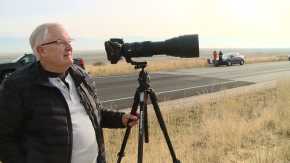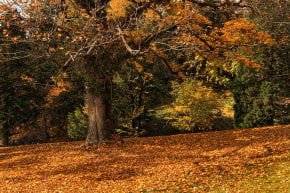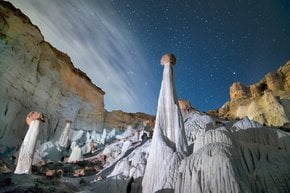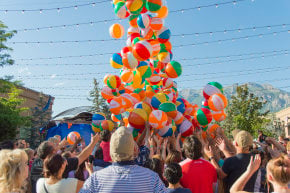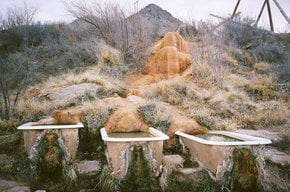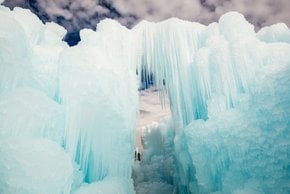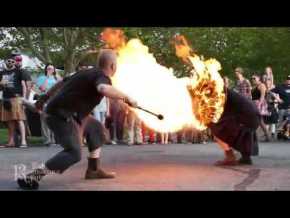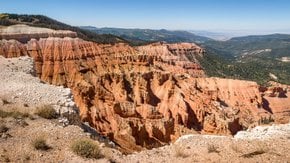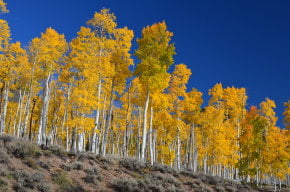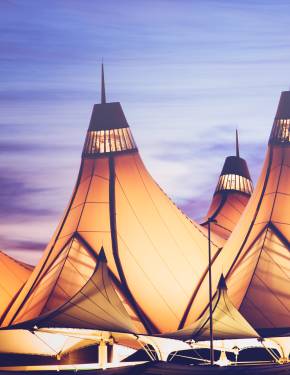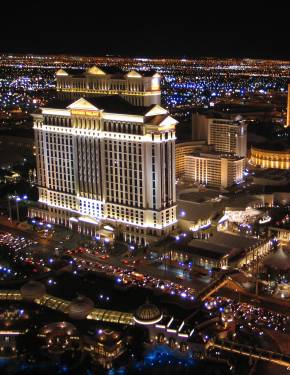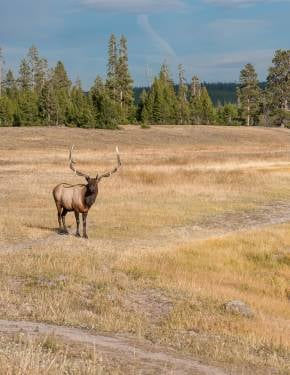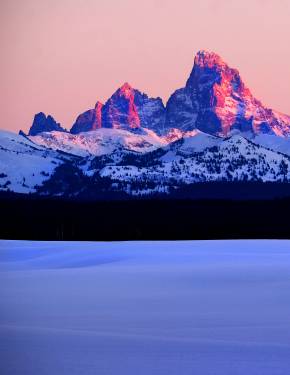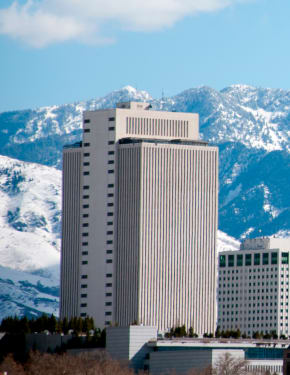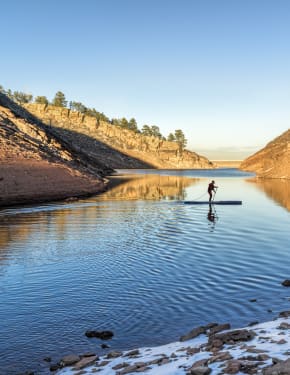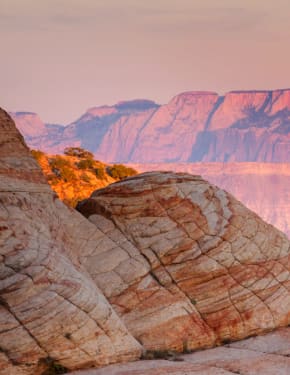Bryce Canyon in Utah 2026
An otherworldly place with the largest number of hoodoos on the planet
Best time: April–October
Bryce Canyon National Park was named after Ebenezer Bryce, a Scot who settled in the area in 1875. Located in southwestern Utah, the canyon consists of a series of natural amphitheaters carved into the Paunsaugunt Plateau edge. The major highlight of the National Park is Bryce Amphitheater, featuring fantastic-looking eroded spires or hoodoos. These are unique rock formations created by erosion from limestone rock.
The most popular viewpoints are Bryce Point, Inspiration Point, Sunset Point, and Sunrise Point. They are located along the 18-mile (29-kilometer) road going through the park. There are also slot canyons, windows, fins, and other unusual geological forms to explore. Sunset and sunrise are the most beautiful times for photography. Bryce Canyon also boasts panoramic views of three states and amazing stargazing experience.
The park is open year-round, except Thanksgiving Day and Christmas Day. The best time to visit the area is from April through October. At that time, the park arranges shuttle service to reduce traffic. Summer months (May to September) are the most crowded while April and October, as well as winter, may have some trails and campgrounds closed. Crowds get much thinner after Labour Day. In the winter, the weather in the area is rather cold, but snow adds visual interest to the rocks. Besides, cross-country skiing and snowshoeing tours are available.






